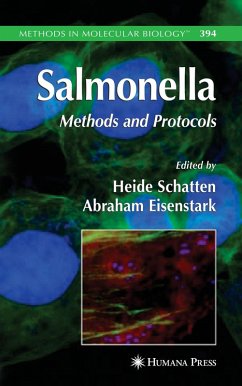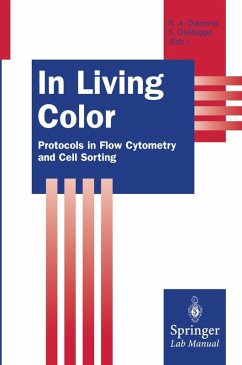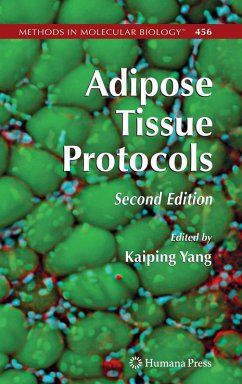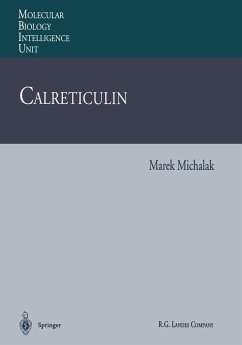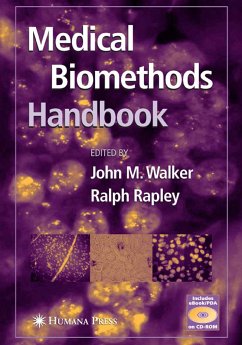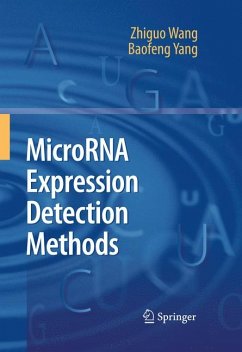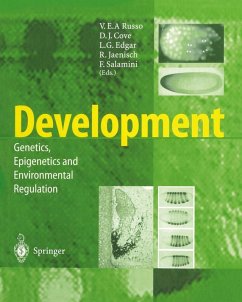
Reviews and Protocols in DT40 Research (eBook, PDF)
Subcellular Biochemistry
Redaktion: Buerstedde, Jean-Marie; Takeda, Shunichi
Versandkostenfrei!
Sofort per Download lieferbar
160,95 €
inkl. MwSt.
Weitere Ausgaben:

PAYBACK Punkte
80 °P sammeln!
The vertebrate genome DT40 has proven to be a reliable and robust research subject, with fast doubling time, easy clonability and a relatively stable karyotype. This book provides an up to date overview of the different facets of research, and also intends to help newcomers get started and avoid looming pitfalls. The collection of protocols which have been provided by a number of laboratories will be particularly useful in this regard.
Dieser Download kann aus rechtlichen Gründen nur mit Rechnungsadresse in A, B, BG, CY, CZ, D, DK, EW, E, FIN, F, GR, HR, H, IRL, I, LT, L, LR, M, NL, PL, P, R, S, SLO, SK ausgeliefert werden.




